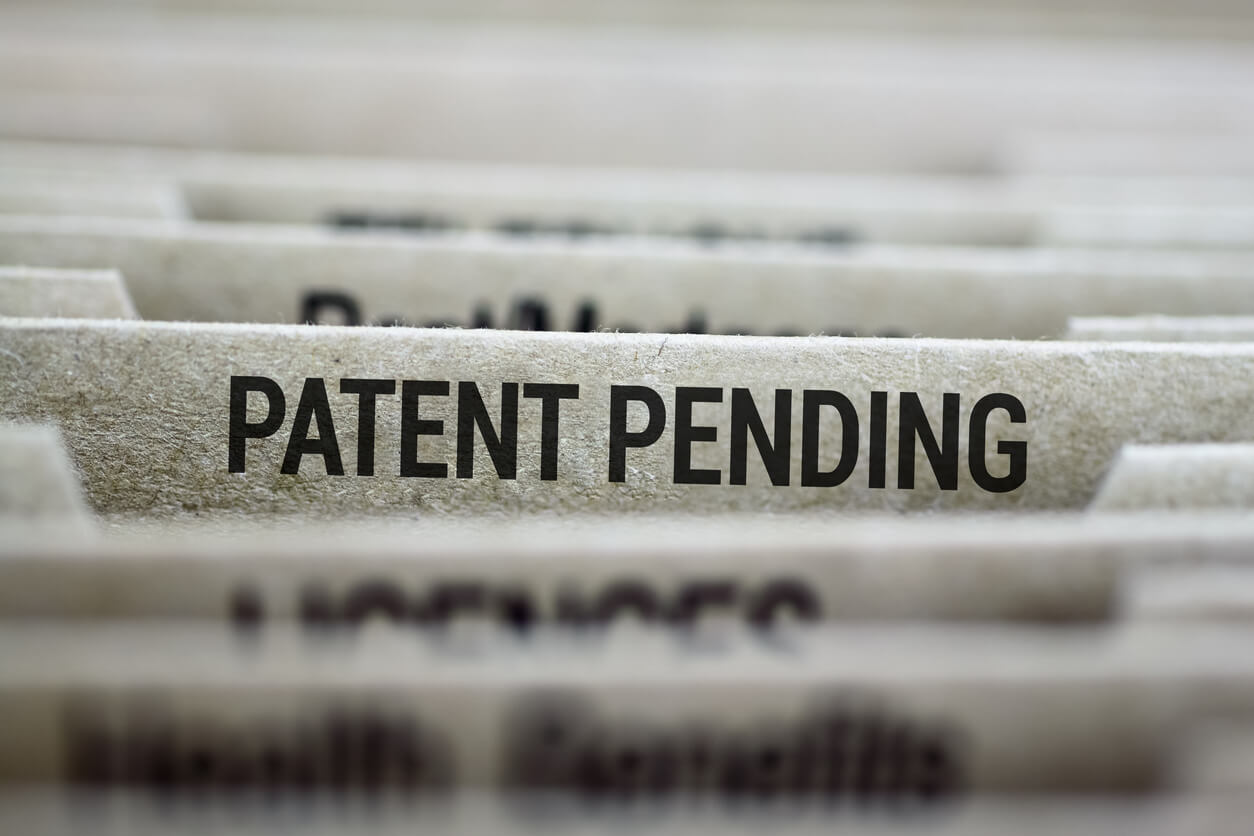- Home
- About The Firm
- Practice Areas
- Areas Served
- Resources
- Blog
- Contact Us


Article I, Section 8, Clause 8, of the United States Constitution gives Congress the power “To promote the progress of science and useful arts, by securing for limited times to authors and inventors the exclusive right to their respective writings and discoveries.” This single sentence helped make America the innovation capital of the world. It also answers an important question: who decides what becomes a patent? The answer: Congress. Congress has the power to pass laws laying out exactly what items and ideas can be protected from duplication.
Under our current patent law, any person who “invents or discovers any new and useful process, machine, manufacture, or composition of matter, or any new and useful improvement thereof, may obtain a patent.”
Let’s break this down.
In order to obtain a patent, you must invent or discover something unique. It should be different enough from other items on the market that even specialists in a particular area would not consider the creation obvious.
To be patented, an item must not only be new, but it must also be useful. This simply means the item to be patented successfully accomplishes a task or fulfills a need. Very few inventions fail to meet this criterion because few creators would bother seeking a patent for something that doesn’t work as intended.
Ideas are not patentable. In order to receive a patent you must create or discover a new and useful:
A process is a way of doing something. Finding a unique way to do something other people are already doing is patentable. If, for example, you discover a new way to make glue, that may be patentable.
A machine is fairly self-explanatory. If an invention has moving parts, it is typically considered a machine.
A manufacture is another word for a product. If the item you have invented does not have moving parts, it is considered a manufacture.
A composition of matter is a new formulation or mixture of something. Using the example above, if your new process for creating glue results in a glue that is chemically different from other glue on the market, you may want to patent the glue as well as the process for making it.
An improvement to someone else’s invention can also be patentable. This is why a new way to make a new type of glue is patentable even though there are already a lot of glue patents out there.
The definition of what is patentable is so broad that there are currently over 3 million patents in force in the United States. If you think you have created or discovered something patentable, you should not hesitate to seek a patent and protect your work.
Applying for a patent involves a lot of complex drafting and preparation. Most creators engage an experienced IP lawyer to draft and file their patent applications so they can focus their time and attention on commercializing their invention or creating other new things. The Lomnitzer Law team is the go-to resource for South Florida creators looking for help with the patent application process. If you are interested in securing a patent, we may be able to help. Please contact us today to schedule an initial consultation.